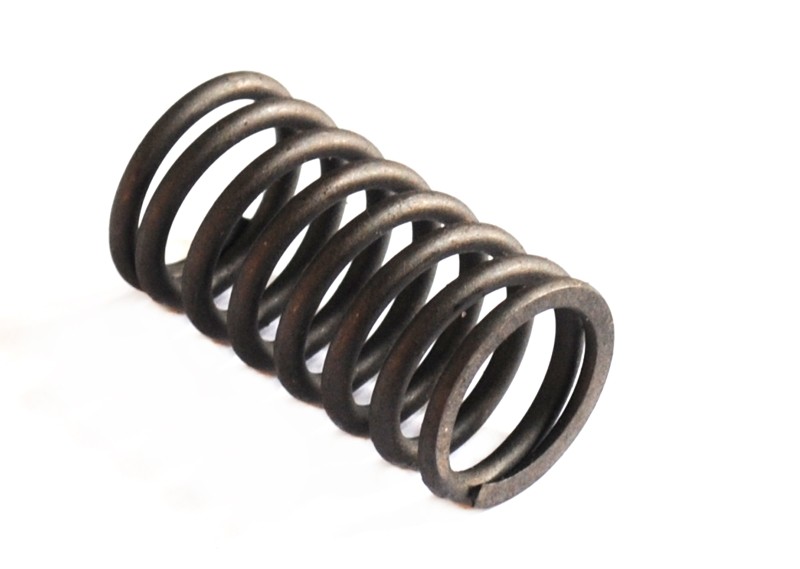
valve spring
Content
What is a valve spring and how does it work?
You may be somewhat familiar with how a valve spring works to power your car's engine, but these springs also play an important role in the marine engineering world.
As long as the springs are able to maintain the required pressure, they will help you avoid sudden engine failures and damage. In short, they help keep your valves running smoothly.
But it's much more than that.
Read on to learn about the problems a spring valve can help prevent, learn about the different types of spring valves, and understand how to recognize common signs of a problem.
What do valve springs do?
First, let's discuss the role the valve spring plays in the marine world.
The valve spring is placed around the valve stem and held in place by a retainer. Its main job is to control the entire valve train, ensuring that proper spring pressure is applied consistently to prevent valve chatter.
Since valve bounce can lead to complete engine failure, loss of power, and even valve failure, these springs perform a rather important function.
In addition, the pressure valve spring also helps prevent valve misalignment or separation between the camshaft and valve train that occurs when engine speed outpaces the valve springs.
The springs help protect the axle, cylinder walls, pistons and engine bearings as they force the valves to fully close to provide the required compression ratio.
They also help prevent problems with hydraulic lifters by working against oil pressure in the inner piston and preventing the lift from moving up.
Types of valve springs
Just as there are many types of valves, there are many options when it comes to valve springs.
Conical springs have a smaller top half, which means less reciprocating mass and a higher natural frequency level.
If you want higher lifts that distribute weight better, opt for an oval wire spring. Beehive springs are also ideal for weight reduction and spread, and are also good for high rpm engines.
Coil springs are the most common choice, but they often just don't build enough pressure to drive your valve train properly.
Valve spring problems?
To avoid disaster, you need to both invest in high quality valve springs and learn to recognize the first signs of a spring problem in your engine.
To do this, place a vacuum gauge on the engine and turn it on. If the gauge reading keeps changing rapidly every time you increase the engine speed, you will know that the valve springs probably need to be replaced.
If you're constantly running your engine at higher RPMs, it's likely that the valve spring has burnt out, meaning the cylinder will misfire all the time.

